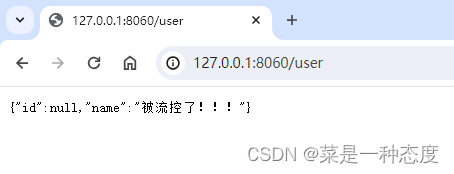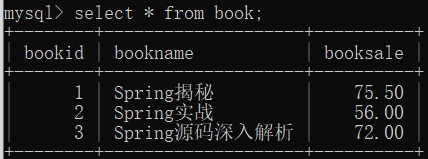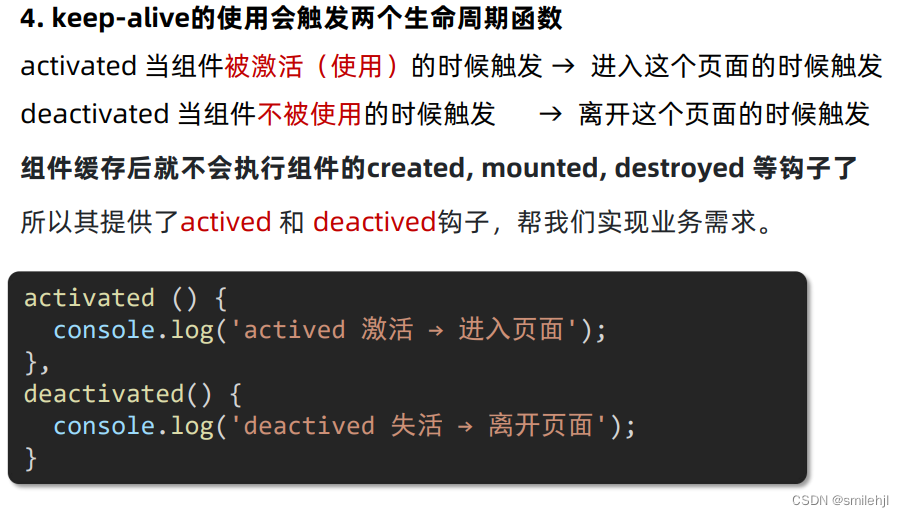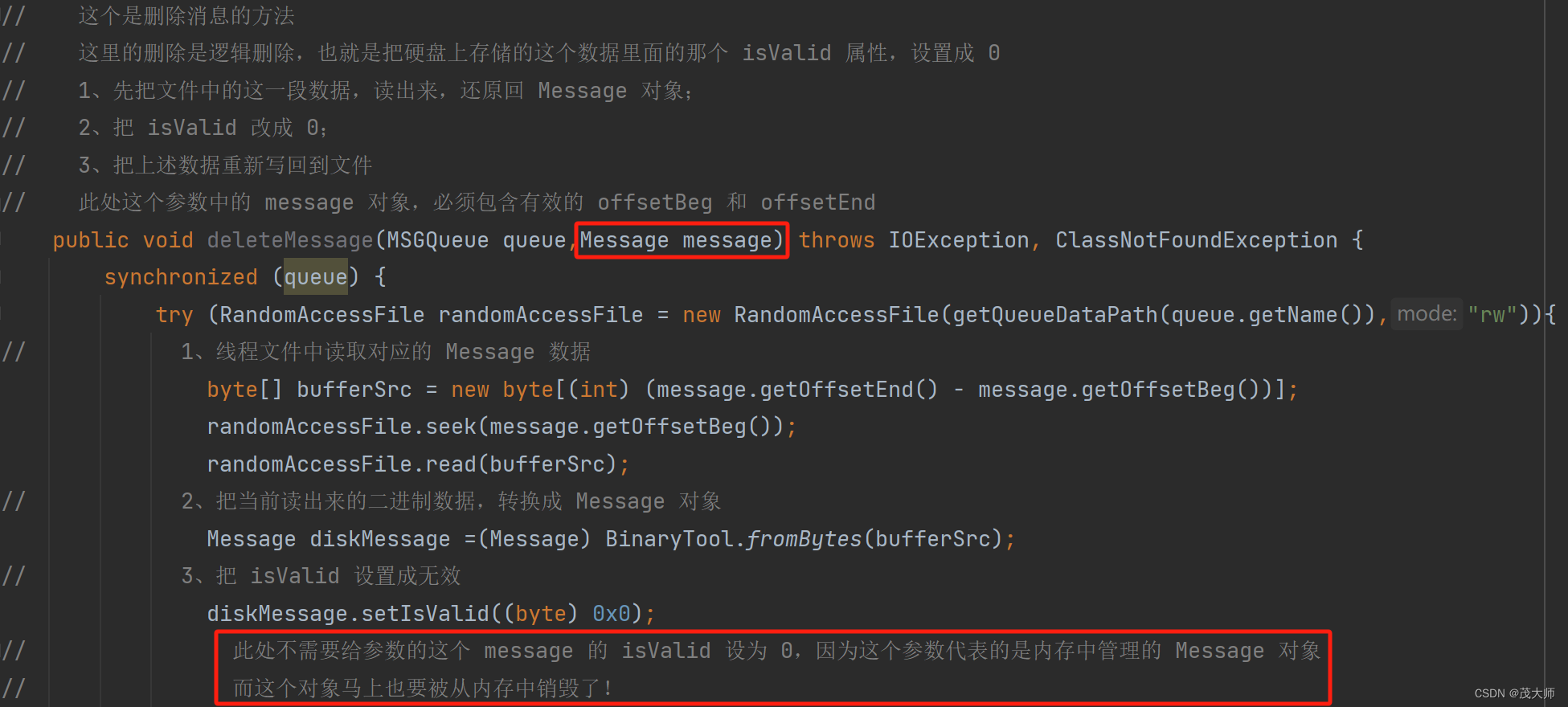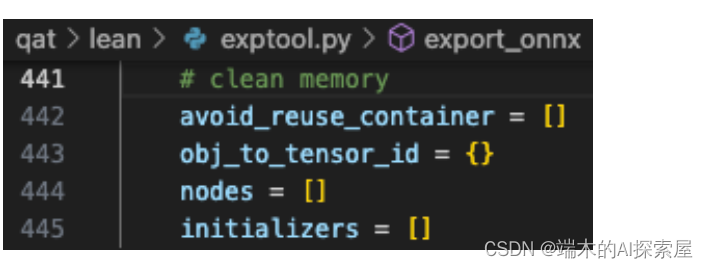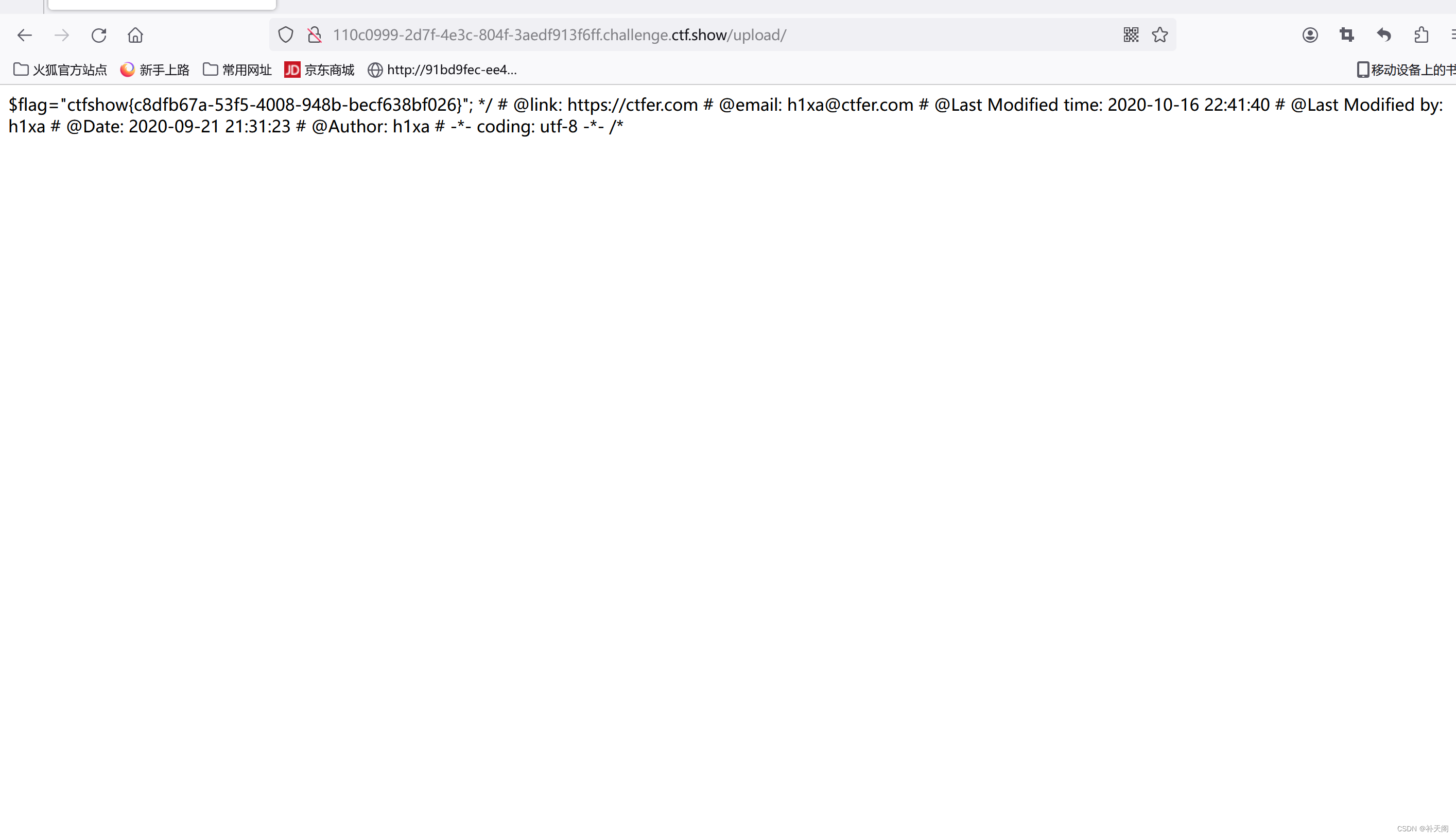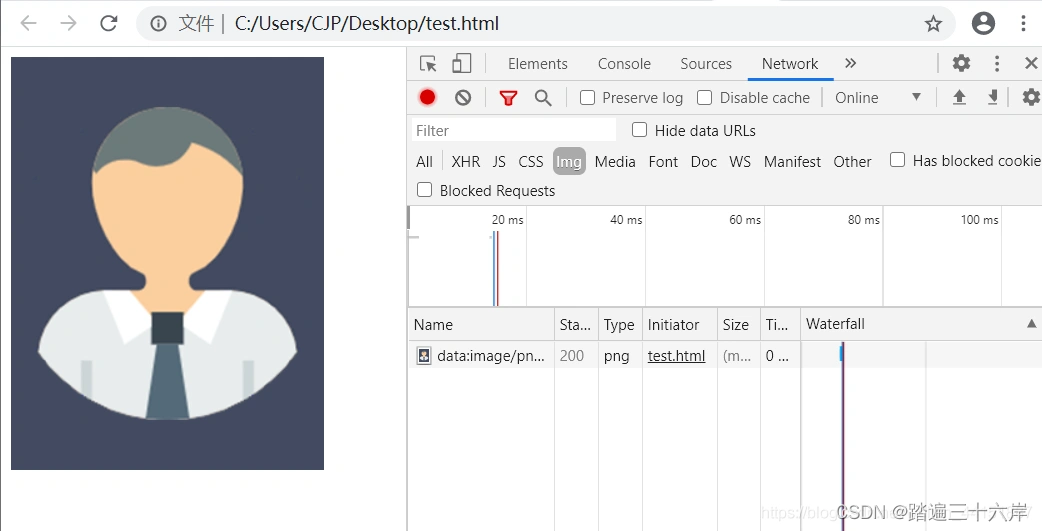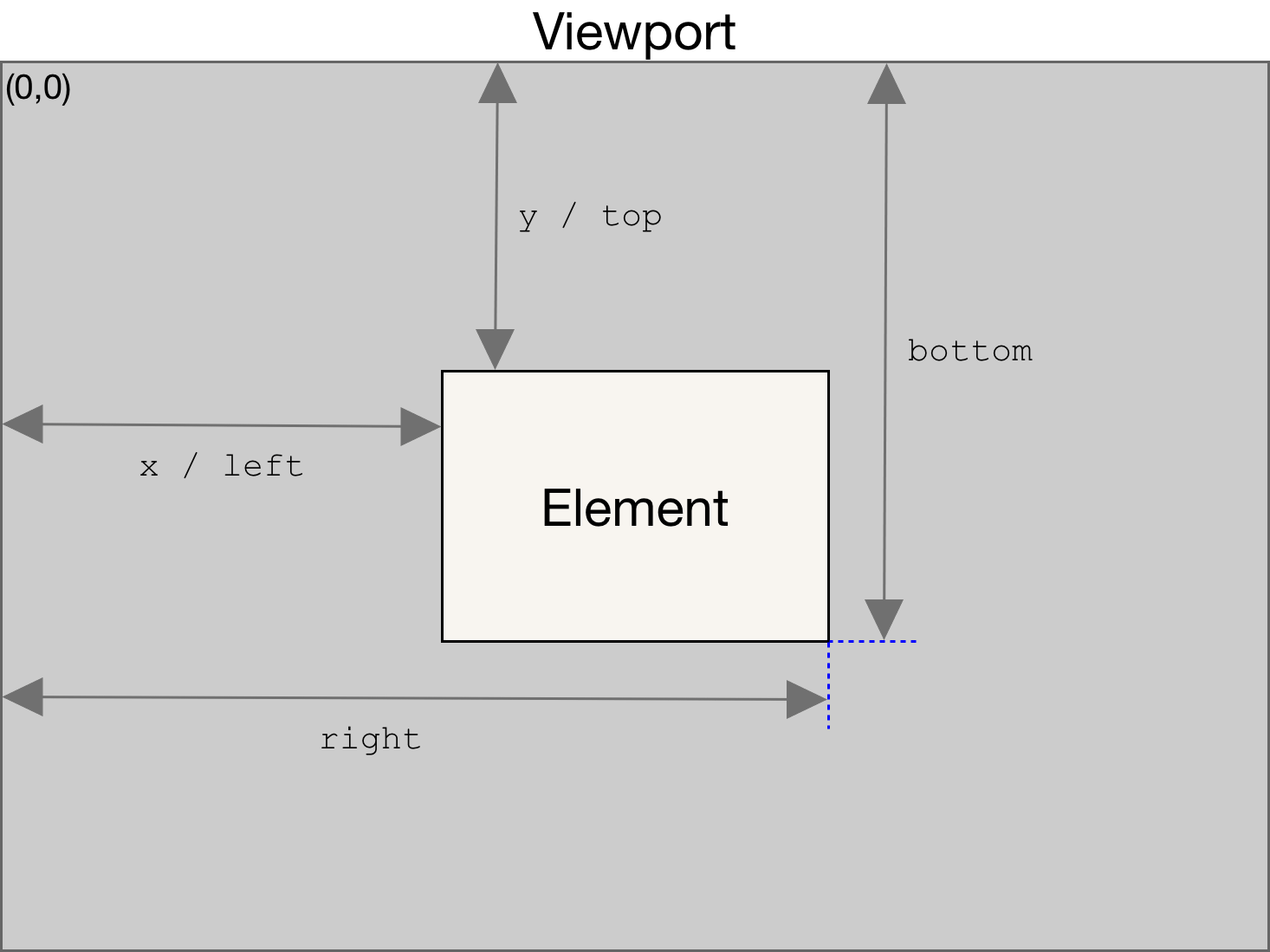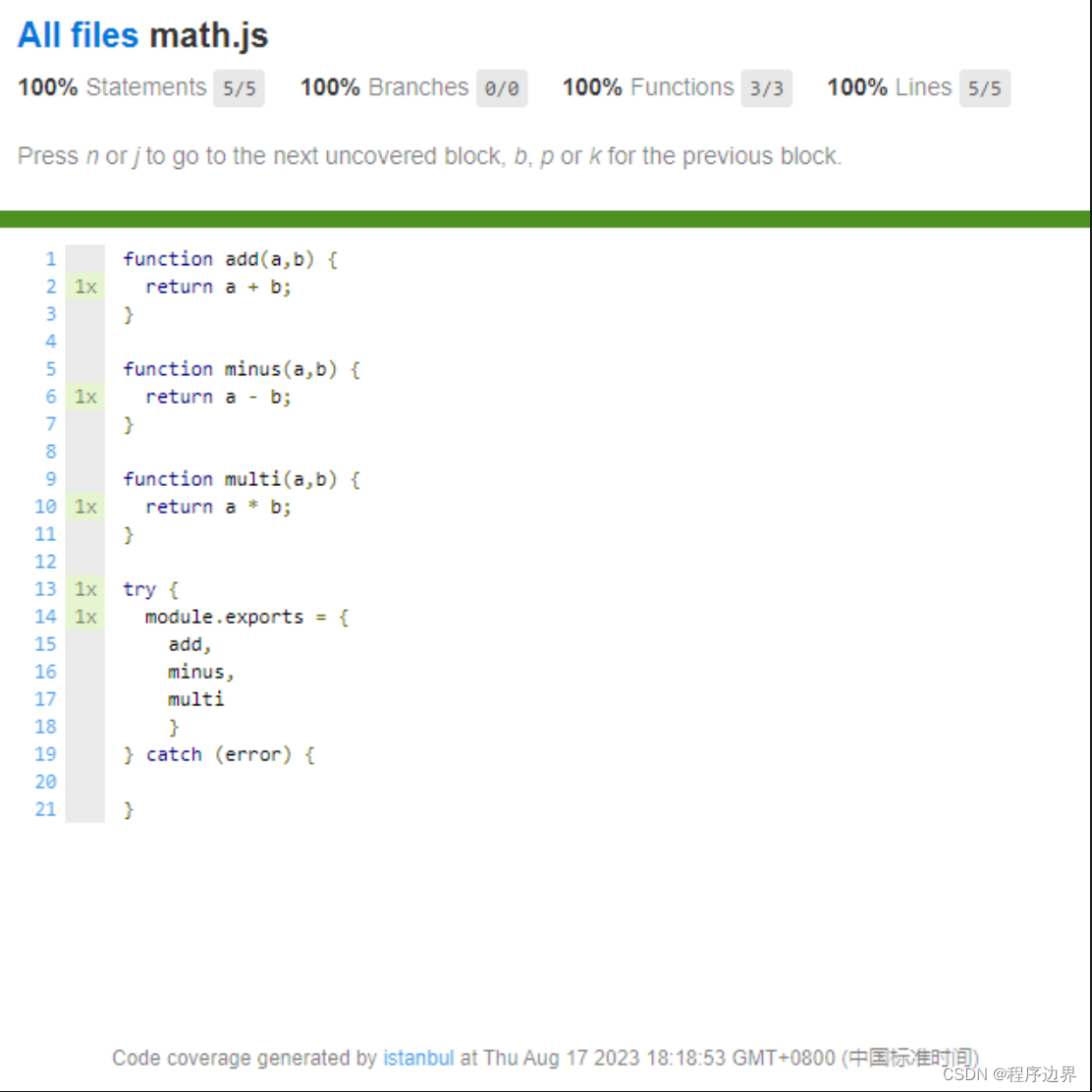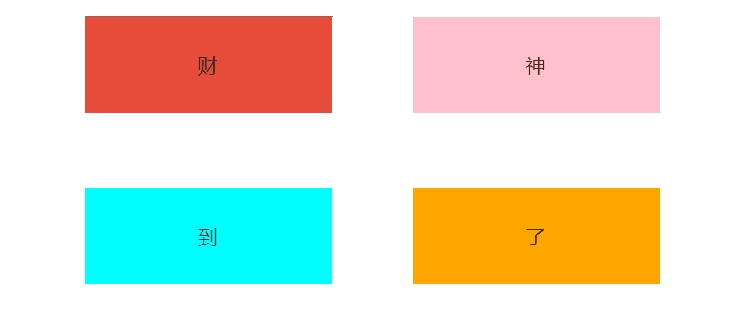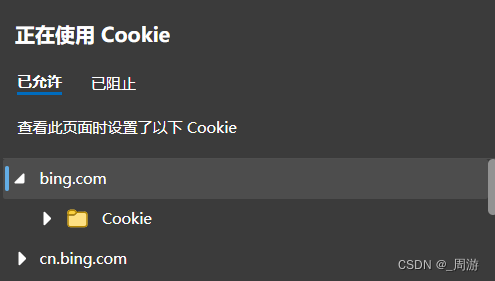引入依赖
<!-- 必须的 -->
<dependency><groupId>org.springframework.boot</groupId><artifactId>spring-boot-starter-web</artifactId>
</dependency><!-- sentinel 核心库 -->
<dependency><groupId>com.alibaba.csp</groupId><artifactId>sentinel-core</artifactId><version>1.8.0</version>
</dependency>
实现流控
编码实现
private static final Logger logger = LoggerFactory.getLogger(HelloController.class);private static final String RESOURCE_NAME = "hello";@RequestMapping("/hello")public String hello() {Entry entry = null;// 务必保证finally会被执行try {// 资源名可使用任意有业务语义的字符串entry = SphU.entry(RESOURCE_NAME);// 被保护的业务逻辑// do something...String str = "hello world";logger.info("++++++++++++" + str);return str;} catch (BlockException e1) {// 资源访问阻止,被限流或被降级// 进行相应的处理操作logger.info("block!!!!!");return "被流控了!!!!";} catch (Exception e) {// 若需要配置降级规则。则需要通过这种方式记录业务异常Tracer.traceEntry(e, entry);} finally {if (entry != null) {entry.exit();}}return null;}
@PostConstructprivate static void initFlowControlRules() { // 通常设置在服务提供方// 流控规则列表List<FlowRule> flowRuleList = new ArrayList<>();// 流控规则FlowRule helloFlowRule = new FlowRule();// 设置流控的资源名称helloFlowRule.setResource(RESOURCE_NAME);// 设置流控规则 QPShelloFlowRule.setGrade(RuleConstant.FLOW_GRADE_QPS);// 设置流控的阈值// Set limit QPS to 20helloFlowRule.setCount(1);flowRuleList.add(helloFlowRule);FlowRuleManager.loadRules(flowRuleList);}

注解实现
<!-- @SentinelResource -->
<dependency><groupId>com.alibaba.csp</groupId><artifactId>sentinel-annotation-aspectj</artifactId><version>1.8.0</version>
</dependency>
@Beanpublic SentinelResourceAspect sentinelResourceAspect() {return new SentinelResourceAspect();}
/*** 1. 使用注解@SentinelResource* 2. 使用了 Spring AOP* 3. 通过配置的方式将 SentinelResourceAspect 注册为一个 Spring Bean*/
@Configuration
public class AopConfiguration {@Beanpublic SentinelResourceAspect sentinelResourceAspect() {return new SentinelResourceAspect();}
}
/*** 使用注解 使用Sentinel** @SentinelResource: 依赖:* <dependency>* <groupId>com.alibaba.csp</groupId>* <artifactId>sentinel-annotation-aspectj</artifactId>* <version>1.8.0</version>* </dependency>* 1. value: 资源名称* 2. blockHandler 流控降低处理器 (默认和接口实现方法在同一个类中)* 3. blockHandlerClass 指定处理器类* 4. fallback 业务异常处理* 5. fallbackClass 指定异常处理器类* 6. blockHandler 和 fallback 同时配置, blockHandler 优先级高* 7. exceptionsToIgnore 排除不需要处理的异常 -> exceptionsToIgnore = {}*/@RequestMapping("/user")@SentinelResource(value = USER_RESOURCE_NAME, blockHandler = "blockHandlerForGetUser",
// fallback = "fallBackForGetUser",exceptionsToIgnore = {})public User getUser(String id) {// int i = 1 / 0;return new User(id, "Quentin");}/*** 注意:* 1. 必须是public, 若放在其他类中 blockHandlerClass 则必须为 public static* 2. 返回值 需和原接口方法的返回值保持一致 且 参数包含原方法的参数* 3. 额外增加 异常参数 BlockException** @param id* @param be* @return*/public User blockHandlerForGetUser(String id, BlockException be) {logger.info("++++++++注解流控");return new User(id, "被流控了!!!");}
@PostConstructprivate static void initFlowControlRules() { // 通常设置在服务提供方// 流控规则列表List<FlowRule> flowRuleList = new ArrayList<>();// 流控规则FlowRule userFlowRule = new FlowRule();// 设置流控的资源名称userFlowRule.setResource(USER_RESOURCE_NAME);// 设置流控规则 QPSuserFlowRule.setGrade(RuleConstant.FLOW_GRADE_QPS);// 设置流控的阈值// Set limit QPS to 20userFlowRule.setCount(1);flowRuleList.add(userFlowRule);FlowRuleManager.loadRules(flowRuleList);}
